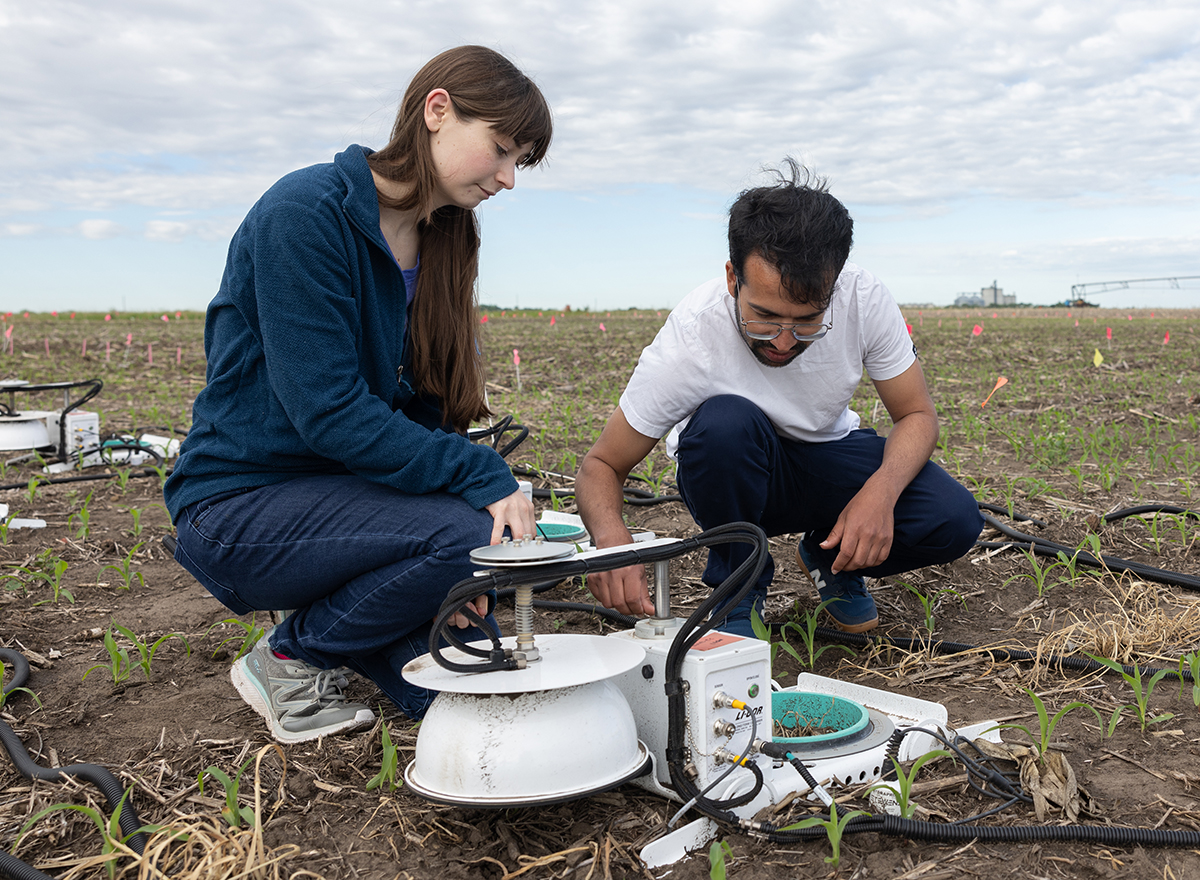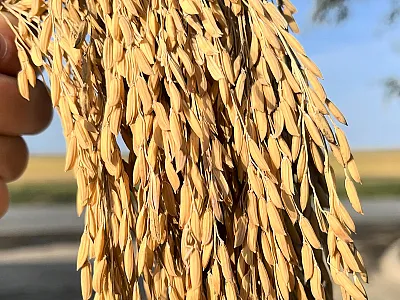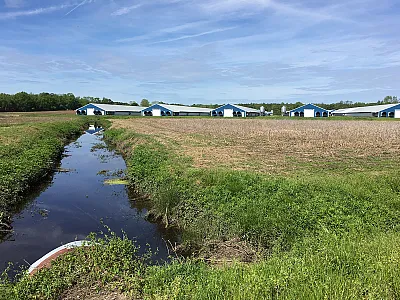A day in the life: Skye Brugler

What can you do with a career in agronomy, crop, soil, and environmental science? In our new series “A Day in the Life,” we’ll introduce you to some ASA, CSSA, and SSSA members doing cool things with our sciences. This month, we meet Skye Brugler, a Ph.D. student and research associate studying soil science and greenhouse gas emission management practices in David Clay’s lab at South Dakota State University.
What can you do with a career in agronomy, crop, soil, and environmental science? In our new series “A Day in the Life,” we’ll introduce you to some ASA, CSSA, and SSSA members doing cool things with our sciences. This month, we meet Skye Brugler, a Ph.D. student and research associate studying soil science and greenhouse gas emission management practices in David Clay’s lab at South Dakota State University. She became interested in agronomy while completing a research project for her undergraduate degree at Augustana College in Rock Island, IL. “That project looked at soil health conservation practices and nitrates in different tributaries that go into the Mississippi River,” she explains. “I’m from Chicago, so I never really thought about agriculture before I started doing this project,” she laughs. “I thought it was really interesting how we can manage agricultural systems to improve soil health and protect food security, so I decided to go to graduate school for agronomy to learn more.”.
This interview has been edited for length and clarity.
CSA News: If you’re in an elevator with someone and they ask you what you do, how would you sum it up in 30 seconds?
Skye Brugler: I study soil health practices with a focus on exploring strategies that promote sustainable and profitable farming practices. I am also interested in leveraging machine learning and AI models within decision support systems to explore these practices within precision agriculture. I focus on management strategies that farmers have been doing for a long time, such as the “4Rs” [applying fertilizer at the right rate, source, place, and time], and evaluating these practices to understand their potential for reducing greenhouse gas emissions, enhancing soil microbial diversity, increasing soil organic carbon, and improving resiliency to extreme weather events such as drought. In my master’s, I explored the impact of a split N application, and now I am extending this in my Ph.D. to evaluate the impact of fall N applications and N stabilizers as well as controlled-release fertilizers.

CSA News: Can you talk a little bit about how you got interested in agronomy research?
Brugler: I initially went to school for biology to become a veterinarian, and during my sophomore year of undergrad, I became interested in environmental studies and wanted to double major. My adviser at the time encouraged me to take botany to fulfill the requirements of both degrees. It wasn’t a class that I ever considered taking until that point, but once I did, it changed the trajectory of my career. I absolutely loved it.
My undergraduate school is also very close to the Mississippi River, and so to finish out my environmental studies degree, I contributed to a project measuring nitrates in tributaries of the river. I became interested in the wide range of management practices that farmers were using to improve soil health. I found it amazing how these practices not only enhanced soil quality, but also contributed significantly to environmental health. When it came time to decide my next steps after college, I couldn’t stop thinking about what I had learned during that project and the incredible potential of this field. I really wanted to be a part of that.
CSA News: What’s an average day at work like?
Brugler: Depending on the time of year, I might be in the field, office, lab, or greenhouse. On a day that I'm going to be in the field, we might be setting up an experiment, collecting soil samples, or applying treatments to research plots.
On a day that I'm not in the field, I’m in the office a lot as a research associate since my job is focused on project coordinating. I coordinate several large-scale projects such as the revision of the Precision Agriculture Basics book [originally published in 2018]. I also help to coordinate several USDA-NRCS-RCPP [Regional Conservation Partnership Program] projects that are providing incentives for farmers to adopt conservation practices such as no-tillage, cover cropping, and the 4Rs.
I try to write or work on an aspect of a paper every day. Often this means working with large amounts of greenhouse gas data and soil data that was collected in the previous years’ growing seasons. I usually use R or Python for statistical coding. I will read articles that pertain to the work I am doing or articles that may give me new ideas. I may also be working on writing or editing with my adviser, Dr. Clay. I also have classes. Sometimes I need to physically go to the class, and others are asynchronous. Currently, I am working on a data science certificate, which is asynchronous.

CSA News: What might surprise people about what it’s like to work in research?
Brugler: Before I got into research, I didn’t fully realize the amount of effort that goes on behind the scenes. It may surprise people who are not in research how many people and how much work it takes to transform an idea into a project. When you see a researcher presenting their work with a simple-looking table or graph, it’s likely that a lot more time and effort went into creating it than the audience may realize. Research is never a straight line, which can be incredibly frustrating but is also the fun part.
CSA News: What tools, tips, or tricks help you get your work done?
Brugler: I have a daily planner along with my email calendar. The to-do list I make every morning helps me stay on track. Caffeine also helps a lot! But mostly I think being able to focus on short-term and long-term tasks simultaneously is a skill I practice every day, and over time I have become more effective at it. I think it's also essential for my motivation as a researcher to understand the deeper “why” behind what I am doing. Just knowing that I am trying my best every day and knowing that the work I contribute to with my co-researchers is important and impactful helps keep up the motivation to get things done.
"Before I got into research, I didn’t fully realize the amount of effort that goes on behind the scenes. It may surprise people ... how many people and how much work it takes to transform an idea into a project."
CSA News: What advice would you give to an undergraduate student who’s interested in pursuing their Ph.D.?
Brugler: The first thing I would say to them is that finding the right-fitting program and lab can be a really hard process, but if it’s something you want to pursue, no matter who you are, it is entirely possible. Identify your reason for going to graduate school, and think about your long-term goals. Be prepared for times when it's going to be hard. But if you're willing to persevere, it's a rewarding experience and career path.
Dig deeper
We featured Skye’s research in a 2024 article in CSA News, which you can read here.
And check out Skye’s webinar for ASA, CSSA, & SSSA, “Identifying Adoption Barriers to Decision Support Systems in Agriculture,” below:
Text © . The authors. CC BY-NC-ND 4.0. Except where otherwise noted, images are subject to copyright. Any reuse without express permission from the copyright owner is prohibited.








